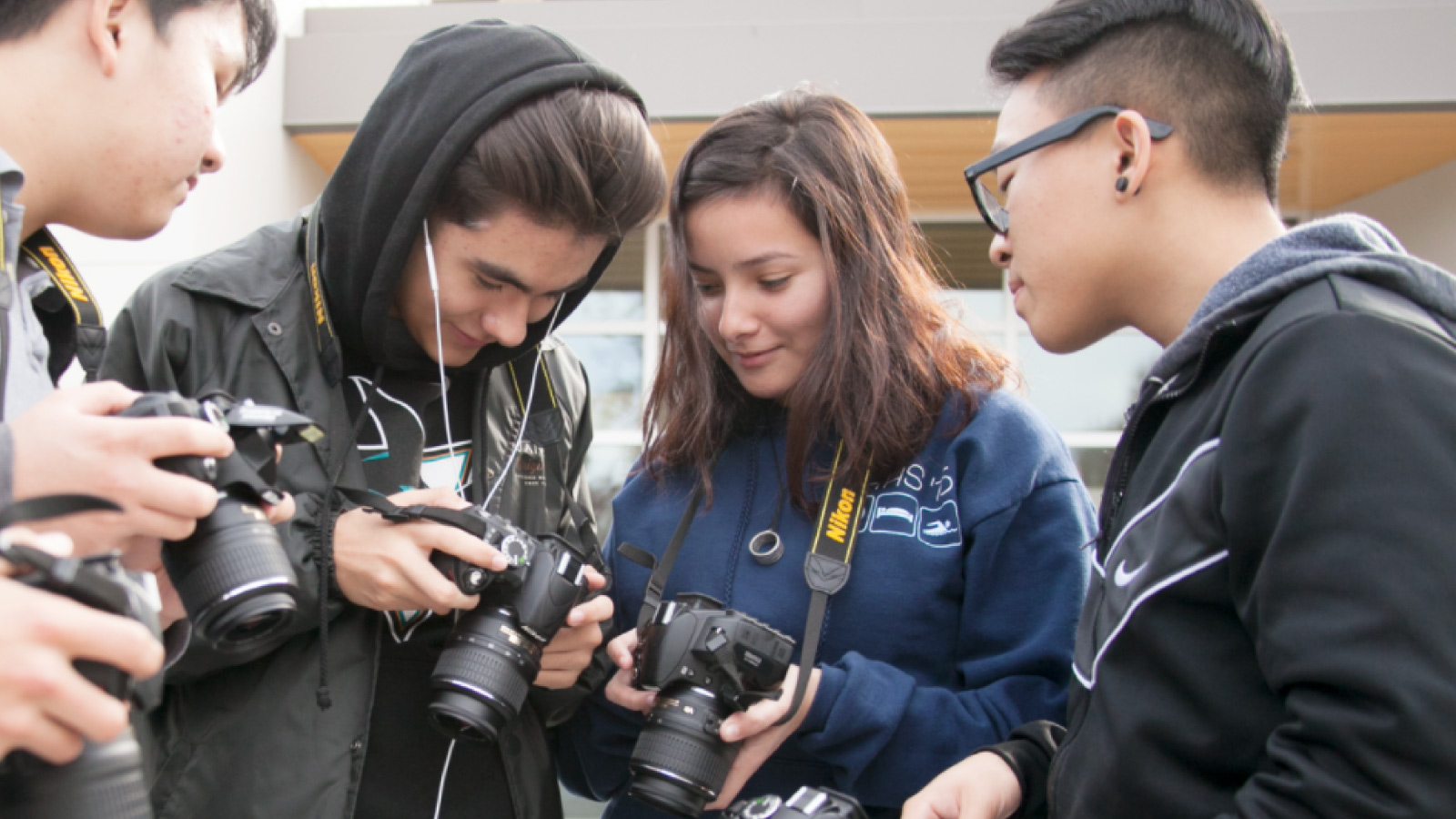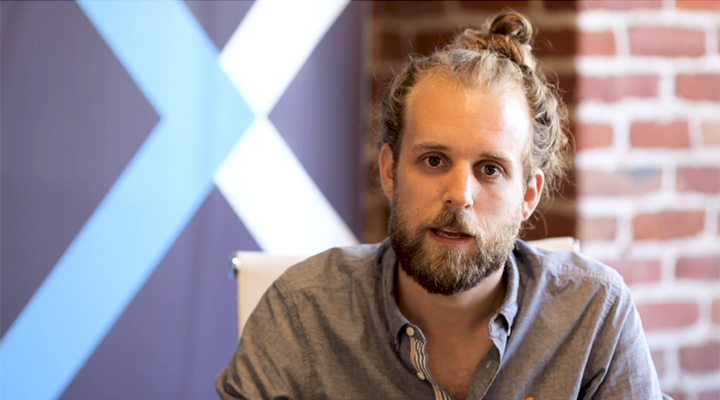As Featured on Forbes.com
BLOG
How to use Behavioral Science in your next education campaign
If you work in education, you know how challenging it can sometimes be to get your students’ attention. It’s even more challenging to capture the interest of new prospects. Luckily, emerging science in psychology and Behavioral Science has shown there are predictable patterns in play when it comes to decision-making. The more you remove friction throughout the process, the more you can help people make better choices.
Here at Next Step, we look to the latest research in Behavioral Science to create marketing campaigns that help companies, schools and universities connect with and motivate their users.
In this article we’ll deconstruct a recent campaign we did for the East Side Union High School District to help you understand the key steps needed to develop your next education campaign.

Making a simple campaign for a complex education program.
Answer “So What”. Start with what your audience cares about.
Get emotional. The heart is the pathway to the brain.
Get visual. Reinforce your core idea at a glance.
Repetition creates ripples.
W.C. Fields once quipped, “If you can’t dazzle them with brilliance, baffle them with bull***.” That strategy may work in vaudeville, but there’s no quicker way to sabotage your marketing campaign. As the Heath brothers pointed out in their book, Made to Stick: Why Some Ideas Survive and Others Die, clarity is king.
For the East Side Union High School District’s marketing campaign, we needed to showcase their Pathway program, a four-year elective program in high school. East Side’s campaign could have focused on any number of elements: the fact that Pathways focus heavily on one subject. That they’re within a high-growth industry or that they use a combination of academics and real-world experience.
![]()
But you can’t have more than one core idea. If you find yourself cramming too many messages into your campaign, you’ve lost the thread. Worse, you’ve lost your user’s attention.
Before we reveal our winning strategy, let’s hit pause. What would you have considered the core idea? The opportunity for real world experience? The four years of specialization? The future opportunities to be found in a high growth industry? Remember, too many messages = no messages. Your initial messaging can only focus on one of these elements. Which one?
Actually, this is sort of a trick question. You can’t really create messaging that “sticks” unless you know more about the person you’re hoping it will stick to. Before we hone in on any single idea, we need to first figure out what matters most to our end user.

In this case, we were asking teens to think about their future. We know from research in Behavioral Science how hard that is, even for adults. As humans, one of our biases is “hyperbolic discounting”, the tendency to strongly prefer immediate payoffs over future ones. It’s hard enough to get an adult to plan for their future (which is why 75% of people over 40 are behind in saving for retirement.) So, how are we going to get teens, with their still developing frontal cortexes, to take that all important step?

What do teens want more than anything else? To belong. We decided to center our campaign around the fact that for the next four years, the Pathway students get to stick with their peers. Why did we choose that element? Because the fear of missing out (FOMO) is incredibly strong among this age group. We’d ask them to envision what it’s like to miss out while their friends thrive together in a Pathway. Although FOMO was only coined in 2013, even stone-age teenagers were likely haunted by this concept. (Maybe ever more so: back then, exclusion from the tribe meant certain death. Today, it just feels like it.)
Remember, as humans we are emotional creatures. Even the most calculating among us consistently makes “gut” decisions. So, when you’re crafting your next education campaign, know that finding an emotional connection is much more effective than supplying facts alone.

People respond to visuals. Make an emotional connection through imagery that reinforces the core idea. In this case, users could instantly recognize FOMO in action by seeing a teen excluded from the inner circle.

We started applying FOMO on a very personal level (Will I be left behind from my friends next year?). Before we could start talking about what happens after graduation, we needed to get the teen to think about his immediate future (friends).
Note that even though we based our outreach campaign on FOMO, that’s not to say we ignored other elements of the pathway program. You can reveal other benefits within the body of the emails and postcards, but the campaign’s core messaging needs to be based on a simple, emotional idea. That’s what will get your student or prospect to dig a little deeper.
See how the campaign starts with an emotional connection then moves on to a more abstract future. See how to progressively supply the facts, without overwhelming the messaging.







